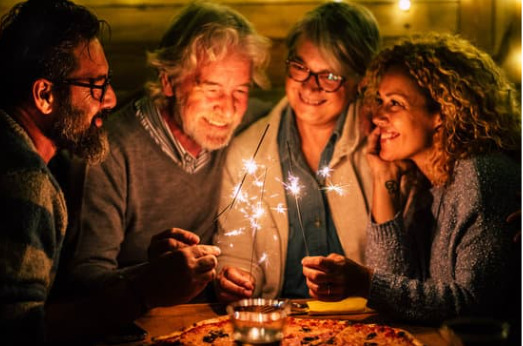
I catch a glimpse of myself in the hall mirror and see my white hair and the growing wrinkles that line my face. Who is that person looking back at me? My internal sense of myself largely remains the same, yet the visual effects of the passage of time are undeniable. I am struck by the radical inconsistencies of my experience. On one hand, I have been around for many decades and have learned a thing or two and am on some levels the wisest and freest I have ever been. Yet, on the other hand, my energy is beginning to wane. I have the same desire to persevere, yet I must sometimes stop, and rest. My ability to see the deep connections of life and experience mindfulness moment-to-moment is the richest it has ever been, yet sometimes I find myself in a room in my house knowing that I came in here for something, but what it was entirely escapes me.
Sound familiar?
The challenges inherent in growing older are real – mortality is no longer just a concept. We are often left with questions – How will I face the changes ahead? Can I find a path that feels right for me? Can I stay out of fear and worry and accept the changes that will surely come my way?
Change need not be so undoing. As Certified Change and Transition Strategists, we know this to be true. We can chart a course that is in alignment with our core values. We can apply our capacities to be present in the moment and not impose extra meaning or judgement. We can practice mindfulness, so that we stay in responsive mode rather than being reactive. No, we can’t stop the passage of time and all the challenges inherent in this stage of life, but we can surely change our relationship to it. What becomes possible is, in the words of Phillip Moffitt, “Well-being independent of conditions.” Clarity of meaning and direction in Elderhood is possible when we engage in this period of our lives in a mindful and intentional way.
